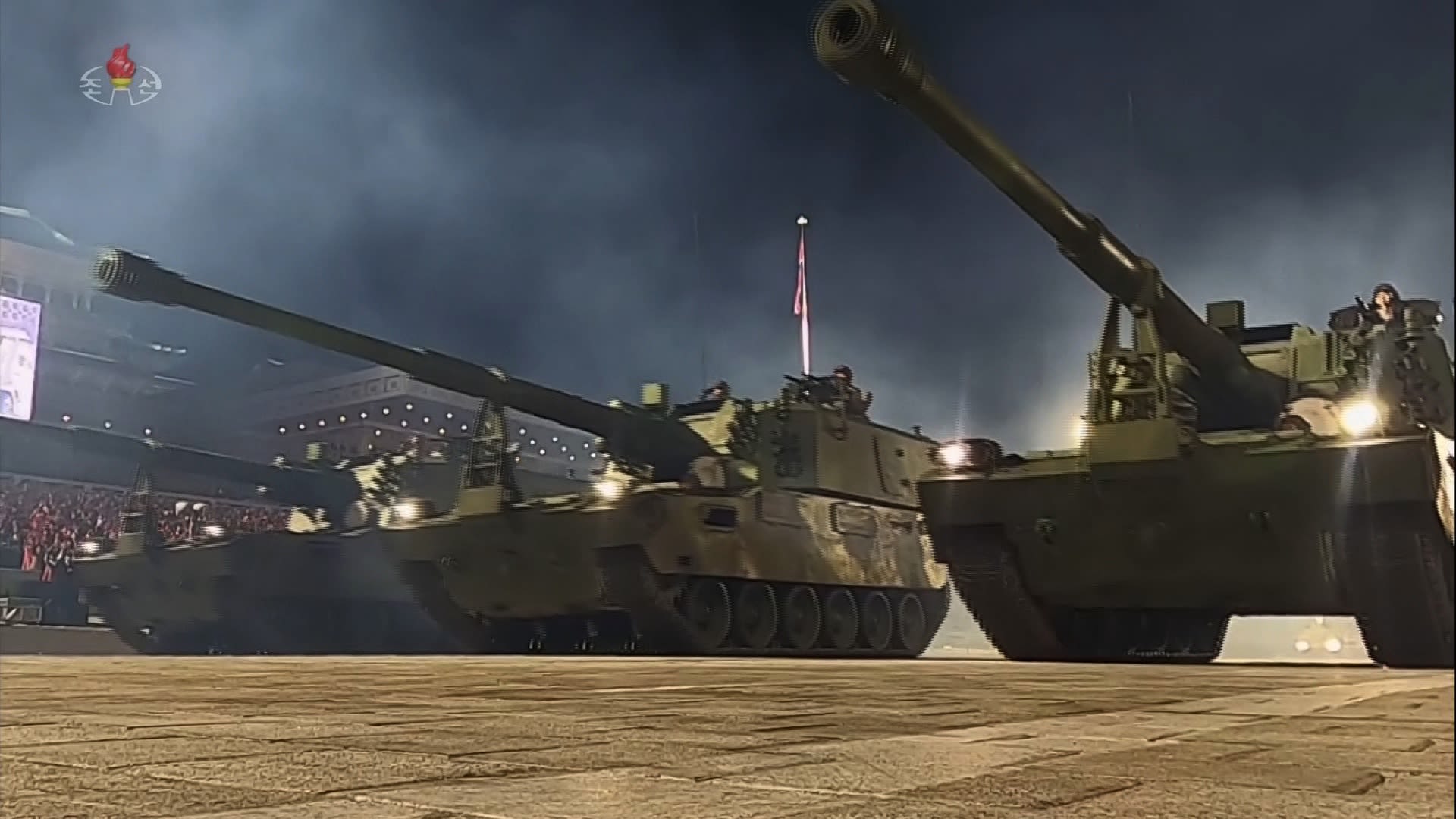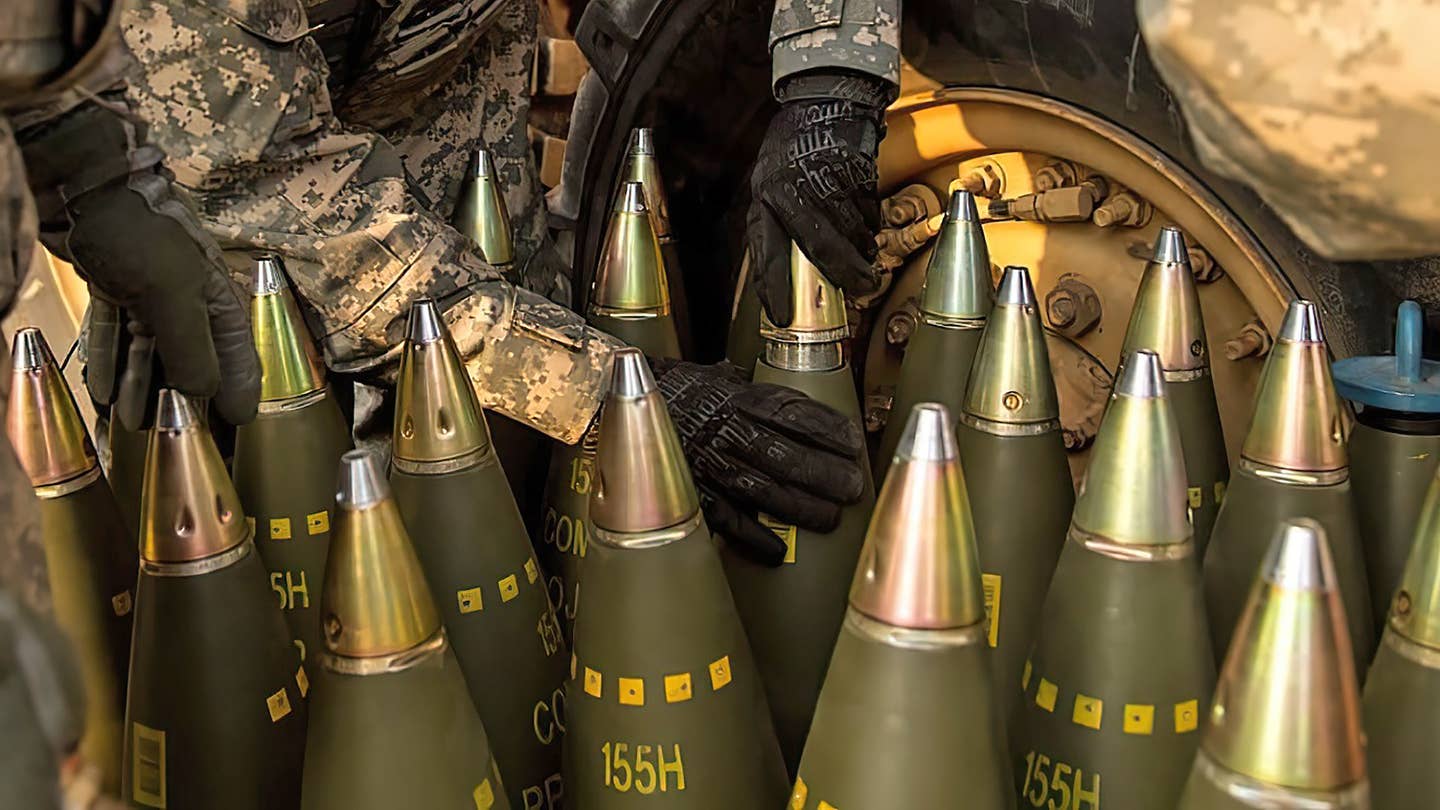In recent satellite imagery, a notable uptick in railway movement along the border shared by North Korea and Russia has emerged, suggesting that North Korea is delivering munitions to Russia, according to the Beyond Parallel, a website run by the Washington-based Center for Strategic and International Studies think tank.
The report noted that on October 5, satellite images of the Tumangang Rail Facility near the North Korea-Russia border showcased an “unprecedented” presence of freight railcars, with the count reaching as high as 73.
Additionally, a substantial quantity of shipping containers and equipment was observed in the imagery. The report added that the level of railway activity recorded far surpasses anything previously observed at the facility by Beyond Parallel over the last five years, including a comparison to the period before the onset of the COVID-19 pandemic.
However, the extensive utilization of tarps to shroud the shipping crates, containers, and equipment makes it exceedingly challenging to definitively discern the contents of the Tumangang Rail Facility.
Nevertheless, the evidence aligns with media reports that emerged on the same day regarding North Korean artillery deliveries to Russia.
CBS News, citing a US official, earlier reported that North Korea has purportedly begun the transfer of artillery to Russia, highlighting its intention to strengthen Russian forces participating in the ongoing invasion of Ukraine.
North Korea’s support for Moscow seems to be the outcome of a summit held in September in Moscow. During this summit, North Korean leader Kim Jong Un traveled by armored train to meet in person with Russian President Vladimir Putin.
Although the specifics of their meeting remain undisclosed, including whether they discussed an arms deal, the Kremlin released information regarding the gifts exchanged during their meeting.
Kremlin spokesman Dmitry Peskov mentioned that the Russian leader presented Kim with a “rifle from our production of the highest quality” and a “glove from a space suit that has been to space several times.”
On the other hand, Putin received a North Korean-manufactured rifle, as confirmed by the Kremlin.

During their meeting, Kim assured Putin of North Korea’s unwavering and complete support for Russia’s “sacred fight” to protect its security interests—an evident allusion to the ongoing conflict in Ukraine.
However, the latest report said that the nature of the transfer remains uncertain, as it is unclear whether it represents the establishment of a new, sustained supply arrangement or a more restricted shipment of weaponry.
Furthermore, the specifics regarding what North Korea may be receiving in return for providing these weapons have not been revealed.
Nevertheless, the transfer of weapons has raised alarm among the US and its allied countries. There is growing apprehension that Kim may gain access to technology from Russia to develop nuclear-powered submarines, advanced rockets, and satellites.
This situation highlights concerns regarding cooperation beyond conventional weapons and the potential advancement of North Korea’s military capabilities through this collaboration.
While the report doesn’t provide specific details on whether North Korea is transferring artillery shells or actual artillery pieces, experts believe that the primary focus of a deal between Moscow and Pyongyang will be rocket artillery.
How Crucial Is North Korea’s Ammunition Support For Russia In The Ukraine War?
As the war in Ukraine reaches its twentieth month, Russia urgently needs to replenish ammunition supplies for what seems to be an enduring war of attrition.
In addition to intensifying its domestic arms production efforts, Moscow is turning to North Korea. North Korea is widely thought to possess an extensive stockpile of artillery shells and rockets that align with the specifications of Soviet-era weaponry.
North Korea has a history of stockpiling and manufacturing such munitions. However, the exact size of these arsenals and their degradation rate over time remain somewhat uncertain. Likewise, the scale of current production is not well-documented.
Yet, the existence of these stockpiles raises the possibility that they could play a crucial role in replenishing Russian inventory that has been significantly depleted in the ongoing war.
Speaking to EurAsian Times, Patricia Marins, an avid observer of the Russian defense industry, explained that Russia’s ability to maintain its artillery power relies on securing significant agreements with North Korea and Iran.

Marins stressed the vital role of artillery in the ongoing conflict, explaining that at this stage of the war, Russia can deploy a maximum of 10,000-15,000 artillery rounds daily.
She drew a parallel, stating that the efficiency of the Russian Army without its artillery power is comparable to NATO operating without air dominance or a shark without its teeth.
Furthermore, she pointed out a significant challenge, mentioning that despite producing 3-4 million artillery shells annually, Russia still faces limitations in its artillery firepower. This limitation includes the quantity of shells and factors like the barrels and artillery range.
“The Russians don’t have enough barrels to maintain a functional artillery superiority, and I highly doubt that North Korean barrels can be utilized in that regard,” she added.
Marins further noted, “But this situation forces the Russians to include not only shells but also pieces of artillery in their deal with North Korea. North Korea can provide self-propelled guns capable of reaching targets within a range of 30-40km, which is exactly what the Russians need to surpass Western models in terms of range.”
“However, I don’t believe this will be the main focus of the deal. The Russians want to fight in their own way, and it’s likely that the main deal will revolve around rocket artillery, with North Korea supplying ER 122mm rockets and launchers for other calibers, such as the 300mm guided rocket, which is precisely what the Russians are looking for,” she explained.
Marins noted, “Despite the fact that the Russian Smerch and KN-09 systems are glonass-based, it is probable that the Smerch cannot use the 300mm rockets due to other incompatibilities, such as the fire control system and the tracking radar, for example.”
The expert also said that the assistance from North Korea poses “a significant challenge” for NATO, particularly because several EU countries have already extended their support to Ukraine.
Additionally, she also highlighted a critical distinction between the munitions used by Russian and Ukrainian forces. Marins explained that Western companies ensure their allies receive fully functional artillery shells despite their smaller production capacities.
She linked the increase in Russian industrial production to a concurrent decline in professionalism and responsibility within the Russian Ministry of Defense.
This phenomenon could indicate corruption, where companies may deliver subpar materials while engaging in bribery. Alternatively, it might suggest a lack of oversight and calculation of production numbers.
Meanwhile, in addition to North Korea, it is believed that South Korea may have either sold or loaned hundreds of thousands of artillery shells to the US military.
Officials from South Korea and the United States have been reluctant to disclose the exact number of shells South Korea has supplied to the United States.
Until now, no evidence indicates the usage of shells manufactured in South Korea in Ukraine.
Suppose the claims made by US officials regarding the transfer of artillery to Russia are accurate. In that case, it underscores the increasing cooperation between the two nations and could soon pave the way for additional supplies.
- Contact the author at ashishmichel(at)gmail.com
- Follow EurAsian Times on Google News




